Vilnius Ghetto
When the Germans invaded Soviet Union in June, 1941, about 265,000 Jews lived in Lithuania and about 80,000 of them in Vilnius, which corresponded to about 40 percent of Vilnius’ population. Thousands of them had fled the Nazis in connection with the occupation of Poland in 1939. The Germans occupied Vilnius on June 26, 1941, and only a few days later the first Jews were murdered in Paneriai outside Vilnius. In July, the jewish population was forced to wear a yellow star and in september two ghettos were established. Ghetto 1 housed Jewish workers with special work permits that allowed them to work outside the ghetto. Ghetto 2 was established for the rest, mostly unproductive jews. The ghettos were separated by the street Niemiecka and it was forbidden without special permission to freely move between the ghettos or other parts of the city.
The ghettos were surrounded by barbed wire fences and were completely isolated from the outside world. The spread of diseases was common as a result of lack of medicine and supplies. Due to frequent killings, a Jewish resistance movement was formed in the ghetto. They acquired weapons and prepared to fight the Nazis. Several Jews of the ghetto escaped into the forests and joined partisan units. The Nazis liquidated ghetto 2 in October 1941 and around 11,000 Jews were taken Paneriai forest and shot. When the Nazis began the final liquidation of ghetto 1 in September 1943, sporadic fighting erupted. Ghetto 1 was finally liquidated and destroyed in October 1943 and around 29,000 Jews were murdered in Paneriai. In July 1944 the Soviet Red Army recaptured Vilnius. About 90 percent of the Jewish population of Lithuania was murdered during the Second World War.
Current status: Partly preserved/demolished with museum/monument (2009).
Address: Vilniaus geta, Vilnius.
Get there: Walk from central Vilnius.
Follow up in books: Gordon, Harry: The Shadow of Death: The Holocaust in Lithuania (2008).
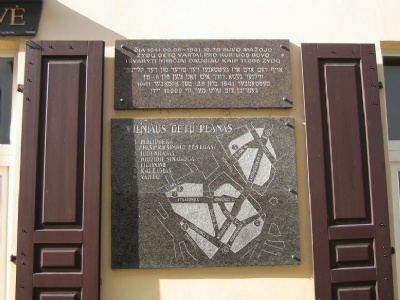
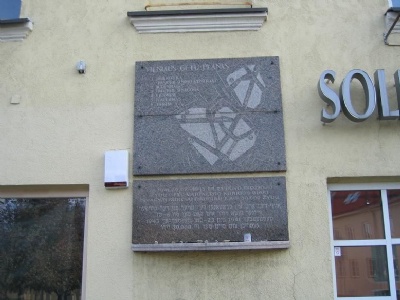

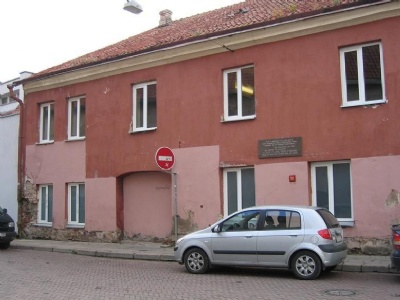
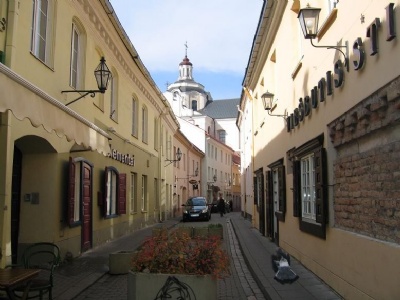
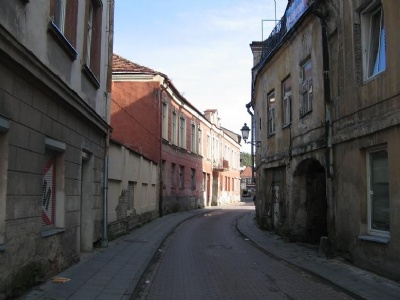
There is a interesting museum about the Holocaust in Vilnius on Pamenkalnio 12 called the Green house. The museum looks like an ordinary villa and is located in a backyard. Vilnius is a bit like Kaunas (though cozier as a city), a city with a lot of interest for those who are interested in the Holocaust. Here you can still wander around without having to be crowded with a lot of other tourists who want to watch ”sights” like Schindler’s factory and Auschwitz. In addition, it is perfectly possible to combine the Holocaust with communism through the KGB museum.